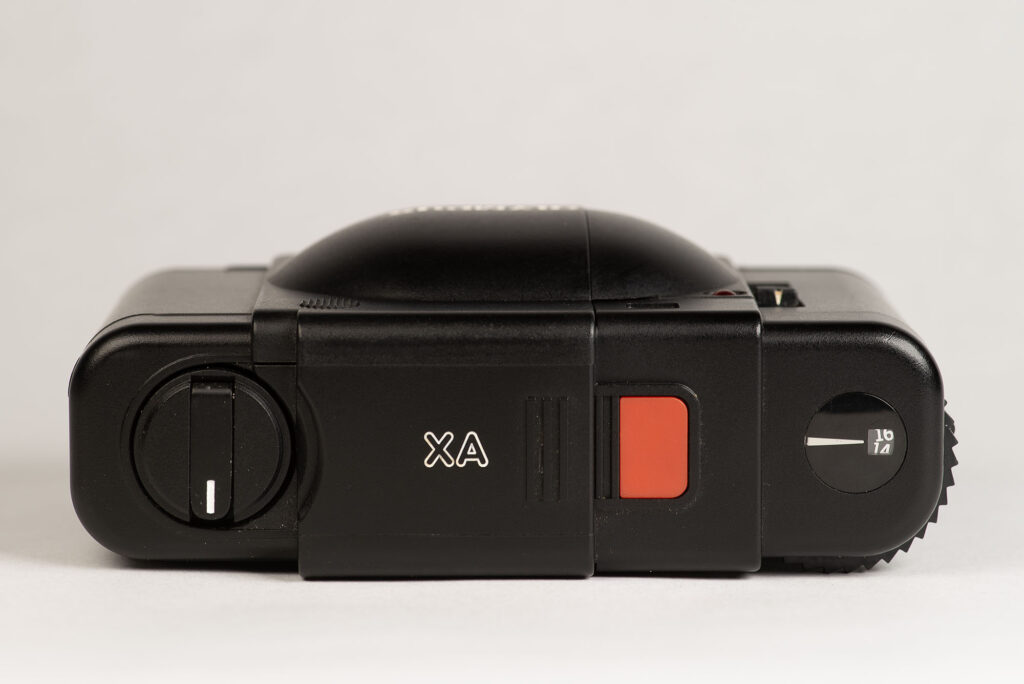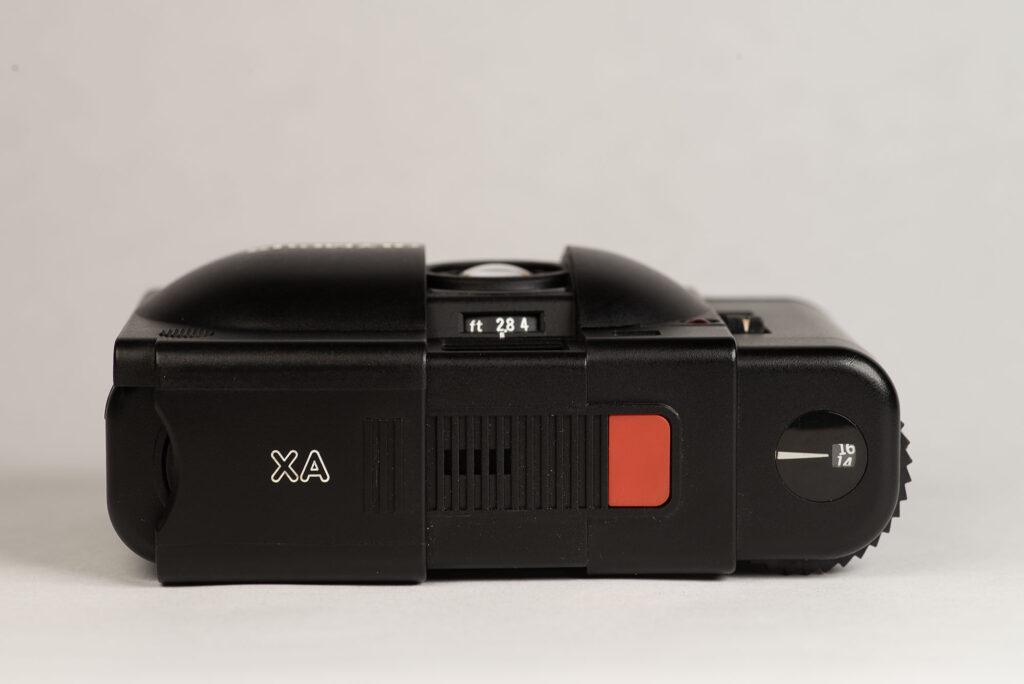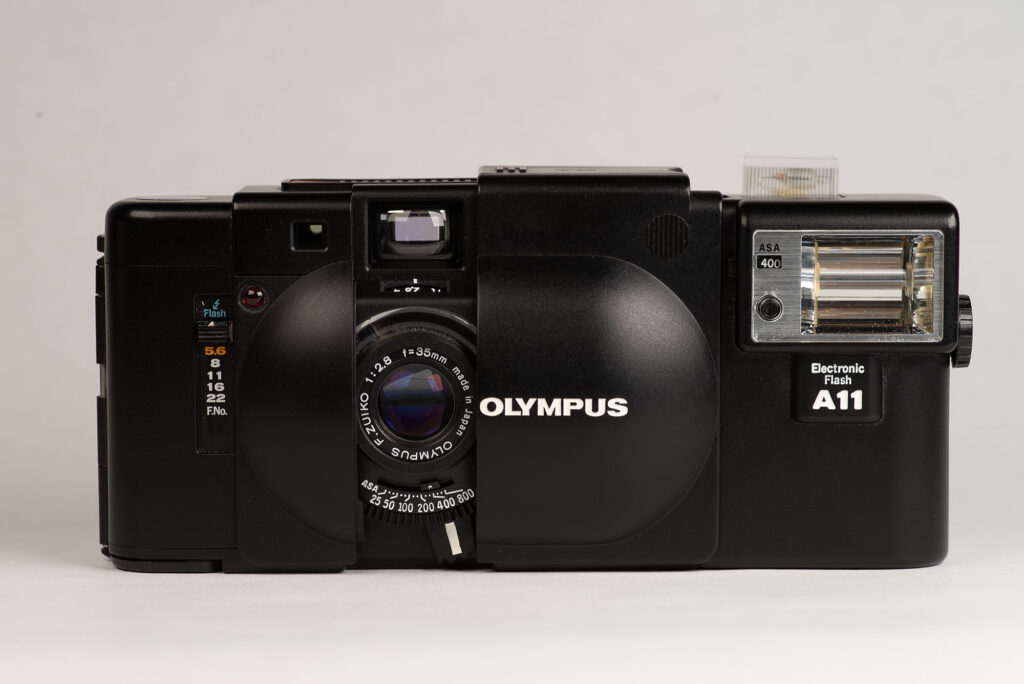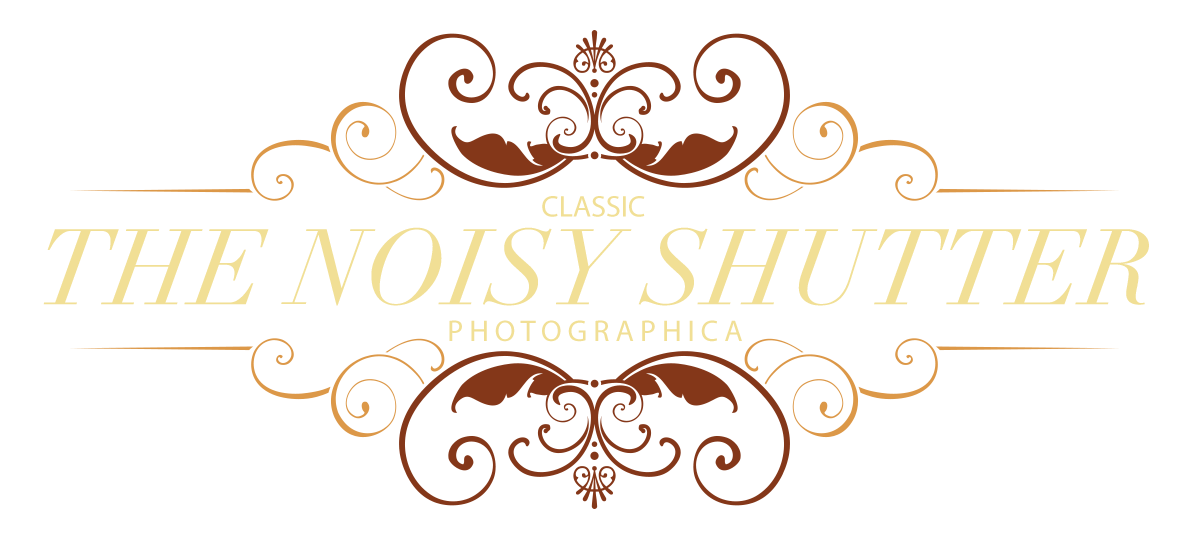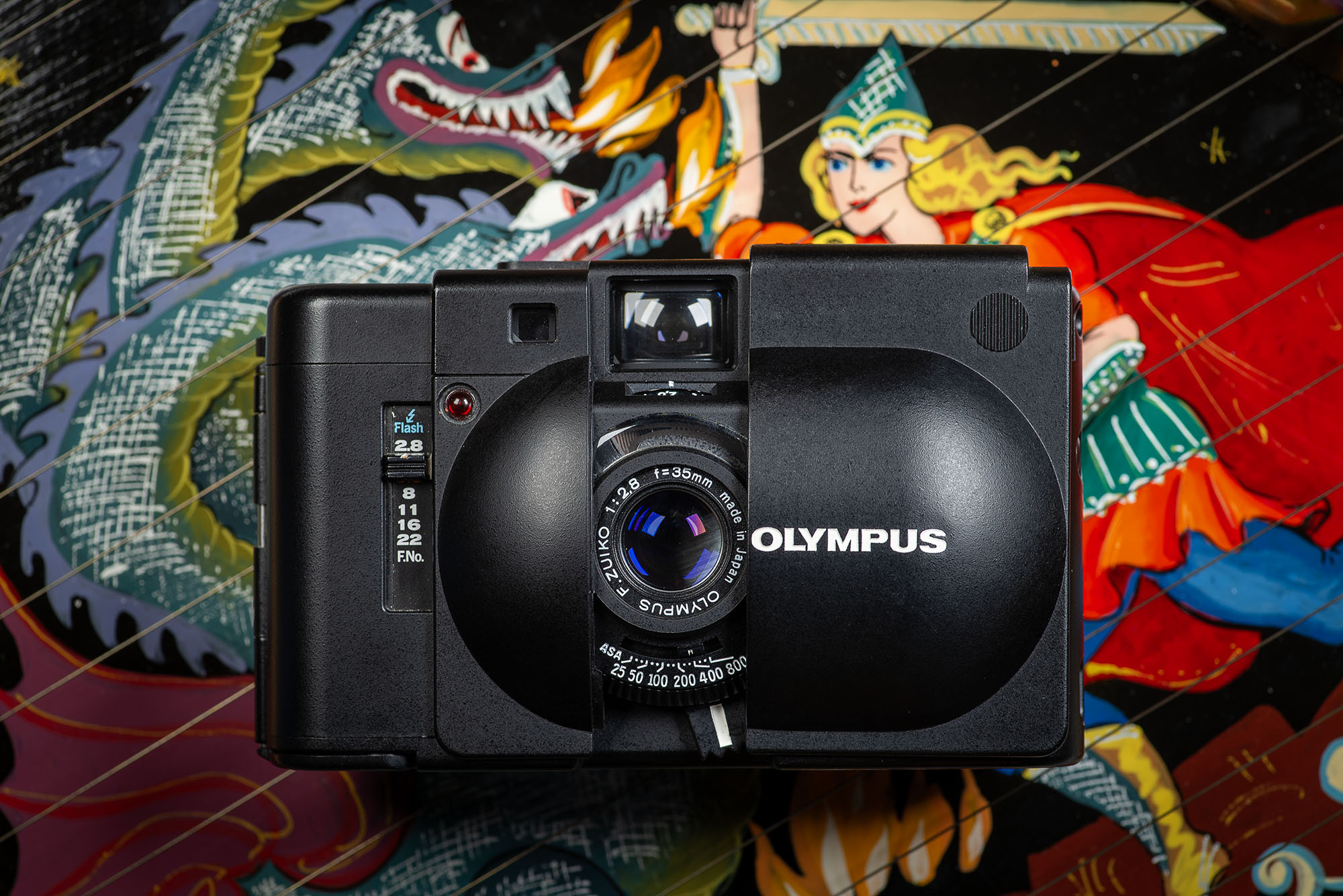“It’s an acquired taste”, said my friend as I bit into my serving of African Land Snail while seated at an outdoor eatery in Koforidua, Ghana. The cook strained to lean out of the window to watch me as I took my first bites. Both the taste and the texture made me think I was eating a large, hardboiled pencil eraser. I smiled and nodded at the cook, trying to signal my approval, as I desperately tried to like it. He responded with a million-dollar smile and that made it all worth it.
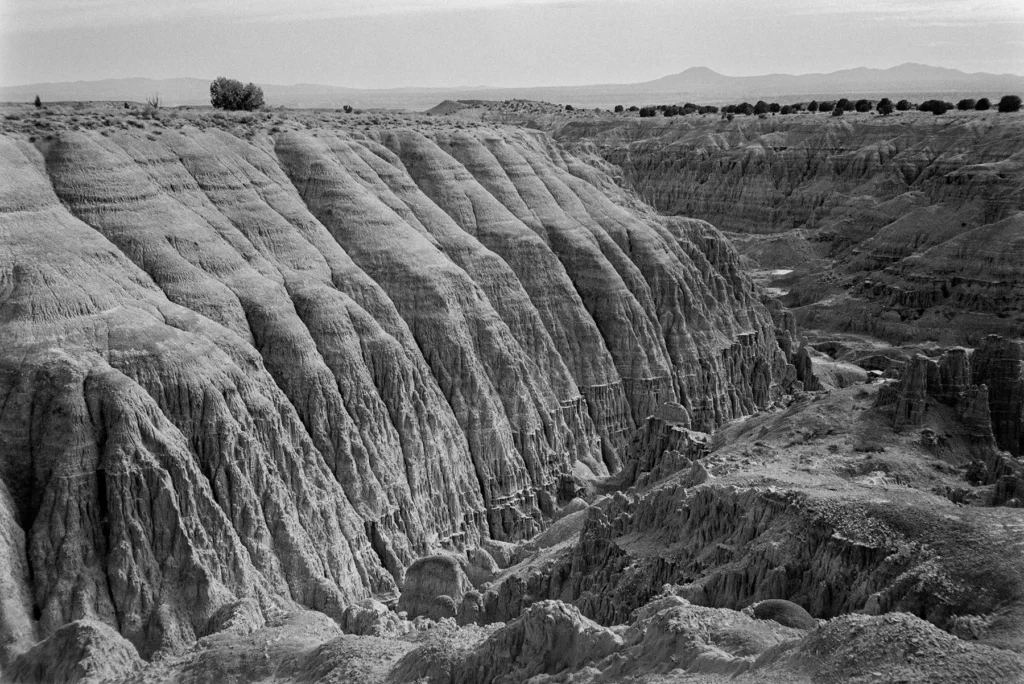
I have written about several of Yoshihisa Maitani’s designs in the Olympus OM series, and I have been thoroughly impressed by them. Along came this XA, a camera about which I heard so much praise. After handling it on and off for about a year I am still desperately trying to like it.
After all, what’s not to like? It is a tiny, full frame 35mm rangefinder camera with excellent optics and proud pedigree. It is the “OG” of the XA series, and another brainchild of one of Japan’s greatest designers. For me, perhaps the XA, and the XA series, are simply an acquired taste.
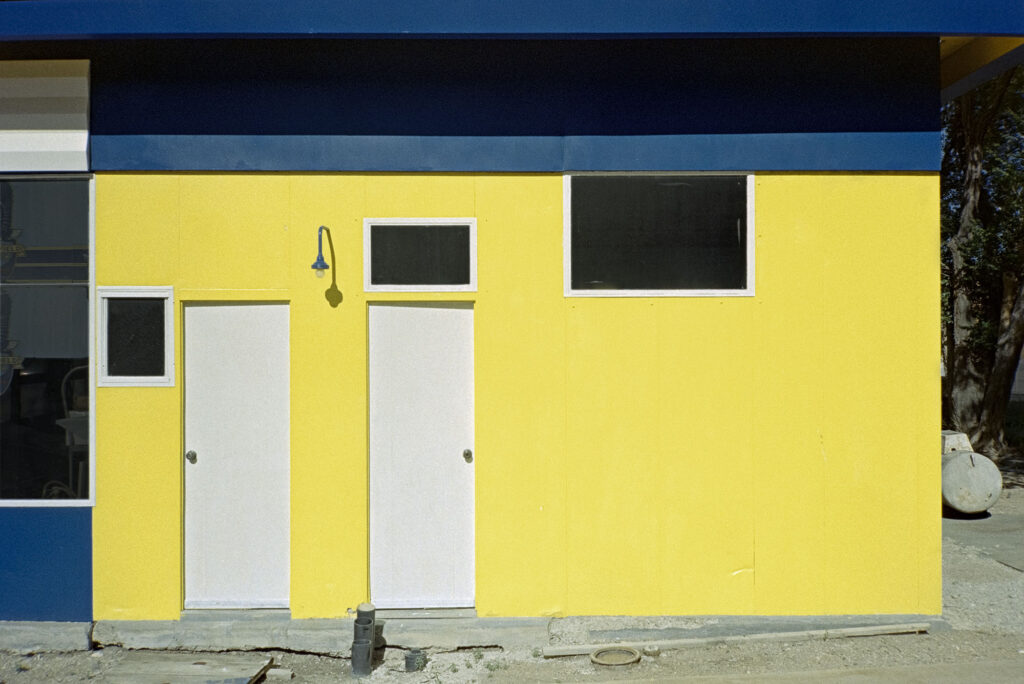
I have a strange fondness for small but useful things. I am drawn to small cameras that exhibit both quality workmanship as well as reasonable ergonomics. Certain compromises are forgivable, given the engineering challenges one faces in miniaturizing anything. Mr. Maitani and his team of engineers were highly skilled in this area. I cannot fault them for my lack of ebullient enthusiasm for the XA.

Immediately upon picking up the camera, it felt good in the hand. I slid the cover open, only to find that it did not stay open. There was a little cylindrical bearing between the clamshell and the body that was apparently missing. I had to fabricate a new one and install it before the camera was useful. OK, no big deal, but first impressions are important.
Once I had the cover working properly, I set out to shoot a couple rolls with it. First, I was impressed with the fact it had a coupled rangefinder in such a small package. Later iterations of the XA series did not. I trusted that the Zuiko 35mm f2.8 lens would be excellent, and it did not disappoint.

The lens design alone is an impressive feat of optical engineering. Maitani demanded that the thickness of the camera not exceed 4cm. The engineers struggled with this, as a traditionally designed 35mm lens would protrude beyond that. They claimed a 31mm lens was the maximum focal length allowable without retracting or collapsing. Maitani rejected that and submitted his own optical design.
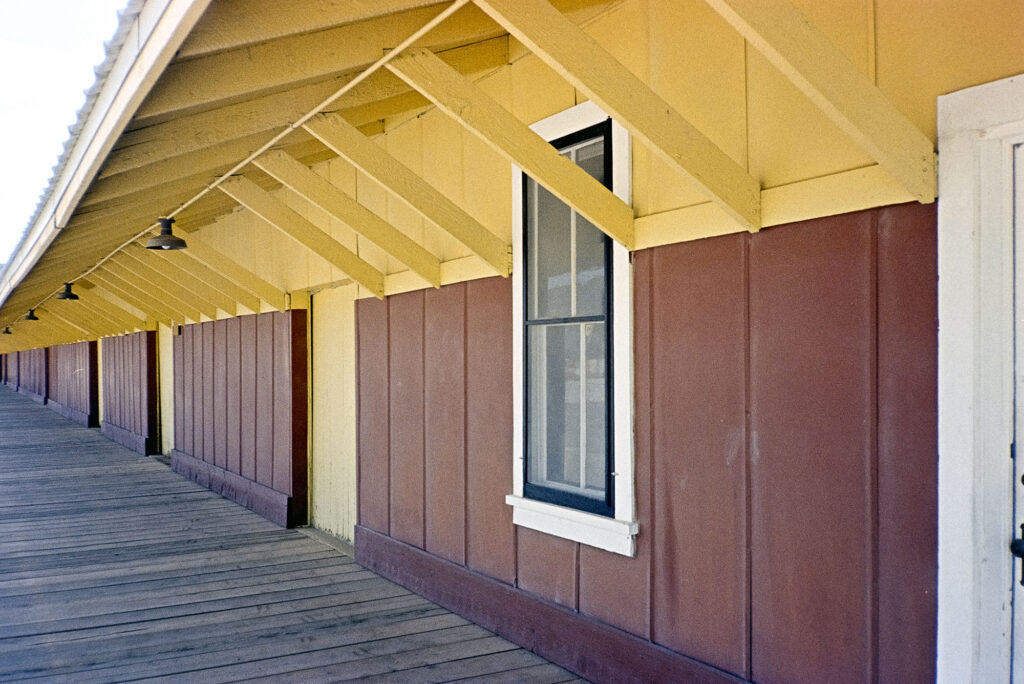
The result was a 35mm f2.8 lens with six elements in five groups. There is a total distance of 33.6mm from the film plane to the front element. This allowed for the 4cm maximum thickness as demanded by the boss. It focuses internally with the coupled rangefinder, again, to prevent extension. There is a little barrel distortion and falloff resulting from the optical design, but I don’t find it offensive.
Sliding the cover open turns everything on, and sliding it closed turns everything off. It’s fast and intuitive. Aperture is controlled by a sliding switch on the front, and focus is controlled with a lever under the lens. There is no manual mode; it is aperture-priority only. Film advance is a toothed wheel, not unlike some disposable cameras.

Aperture is set using a vertical sliding switch on the right front. F2.8 through f22 are available with a square aperture. The focusing lever and ASA scale are below the lens on the front. Focal distance is visible in a window between the viewfinder and the lens. The metered shutter speed is visible in the viewfinder. This copy has a nicely bright rangefinder patch and focusing is a snap.

Mine came with the A11 flash, which screws to the left side of the camera, engaging the electronic contacts. It is separately powered by a single AA battery. ASA is also set on the flash, as is it not metered in the camera body. To use the flash, the aperture slider is raised to the top position labeled, appropriately, “flash”. This turns on the flash, and a little translucent box pops up on the flash unit. This contains the “ready” light, which I hope to be adequately self-explanatory.

The act of taking a photo can be as simple or controlled as desired. One can choose the aperture, focus and press the button, or just set the lens to f11 or 16, focus in the middle range and let the depth of field do the work. The shutter is very quiet—almost imperceptible (at least to somebody with moderate hearing loss like me).
This is a remarkably compact, marvelously engineered, optically brilliant, nearly silent camera. It seems ideal for travel photography where size and weight are issues. Street photographers should worship Maitani as a demi-god for the efficient use of available space. This camera bridges the gap between compact manual and mechanical marvels like the Rollei 35 and the fully automatic point-and-shoot compacts.
Why am I not in love? Short answer: I have no idea. I should be.

Perhaps I was poisoned by the initial failure of the clamshell closure. Or, maybe it is the shutter release button that requires so little pressure that a dirty thought will set it off (I have fired the shutter several times just while searching for the button). Are my fingers too big? Too much plastic on an otherwise metal body, perhaps? Electronic failure is a concern of mine, whether real or imagined. I simply don’t know why I can’t groove with it as everybody tells me I should. Maybe I’m defective.
I’m going to keep shooting with it until I know.
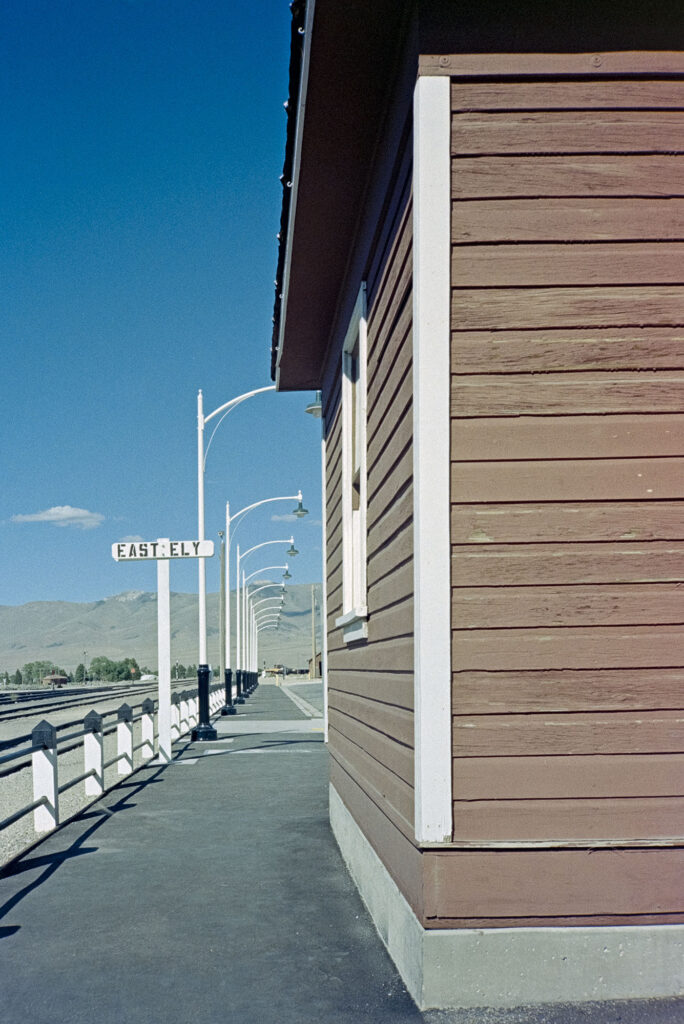
Specs:
Designation: Olympus XA 35mm rangefinder camera
Introduced: 1979, Japan
Weight: 220g (7.8oz) With flash and battery: 294g (10.4oz)
Lens: 35mm f2.8
Optics: 6 elements in 5 groups
Minimum Focal distance: 0.85m (33.5in)
Meter: Cds, average
Shutter Speed Range: 10 seconds to 1/500, Aperture Priority
Self-timer: Yes, on the bottom
Backlight Compensation: Yes, on the bottom
Battery Check: Yes, on the bottom
Battery: 2 x EPX76 or equivalent
